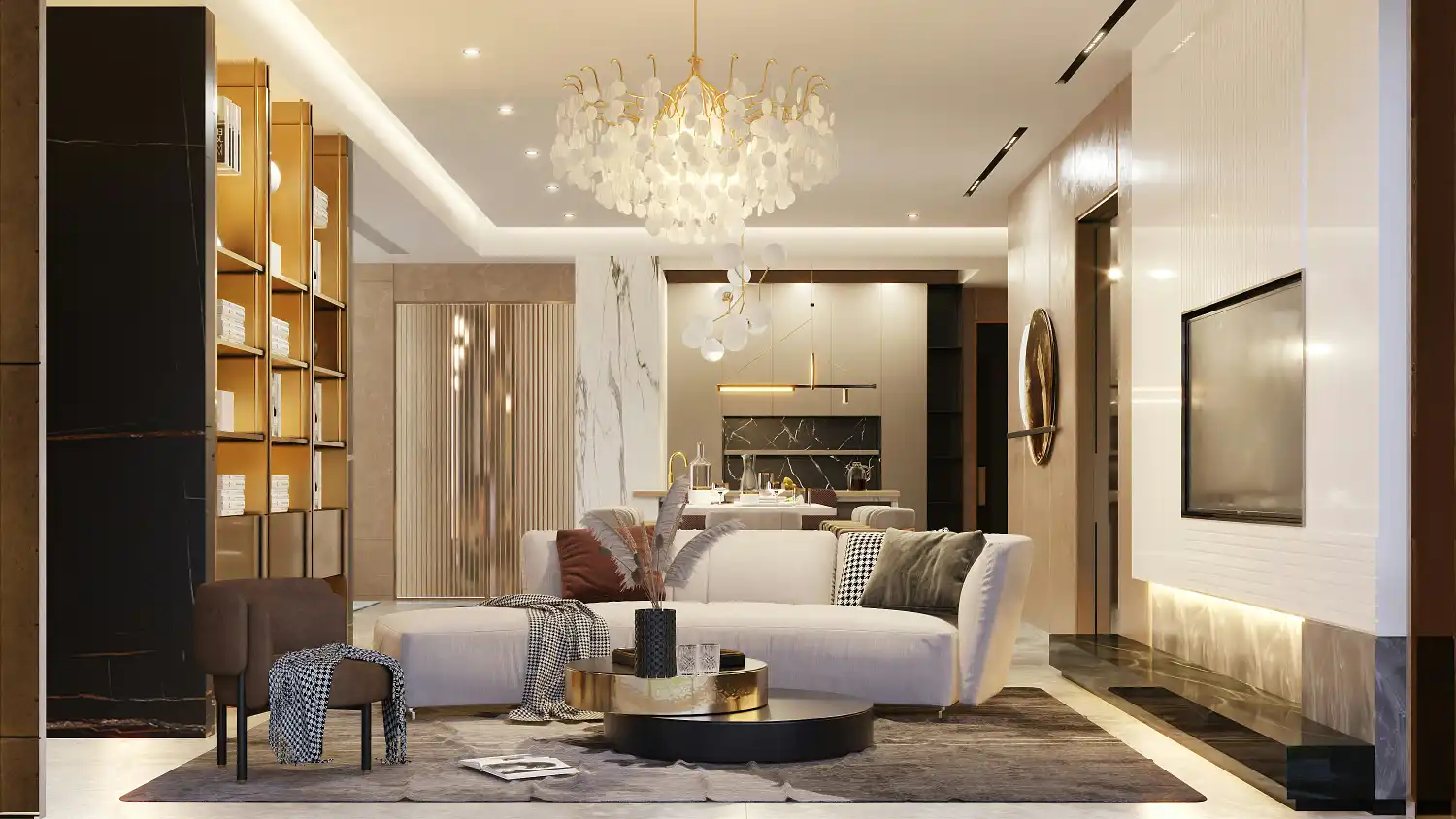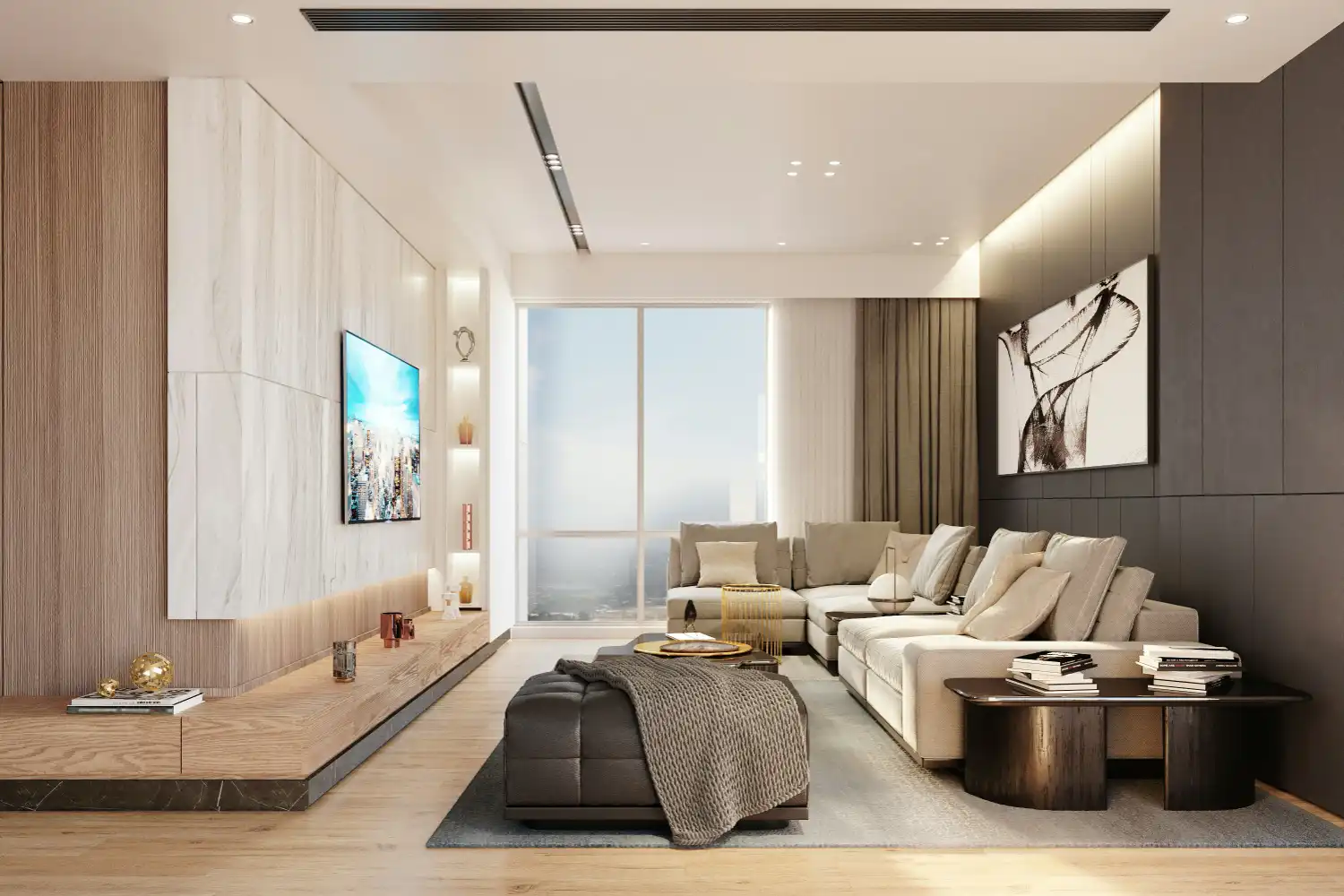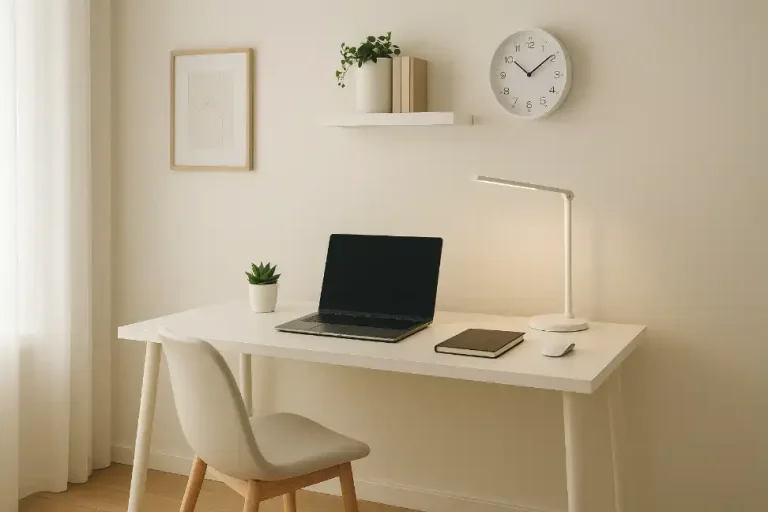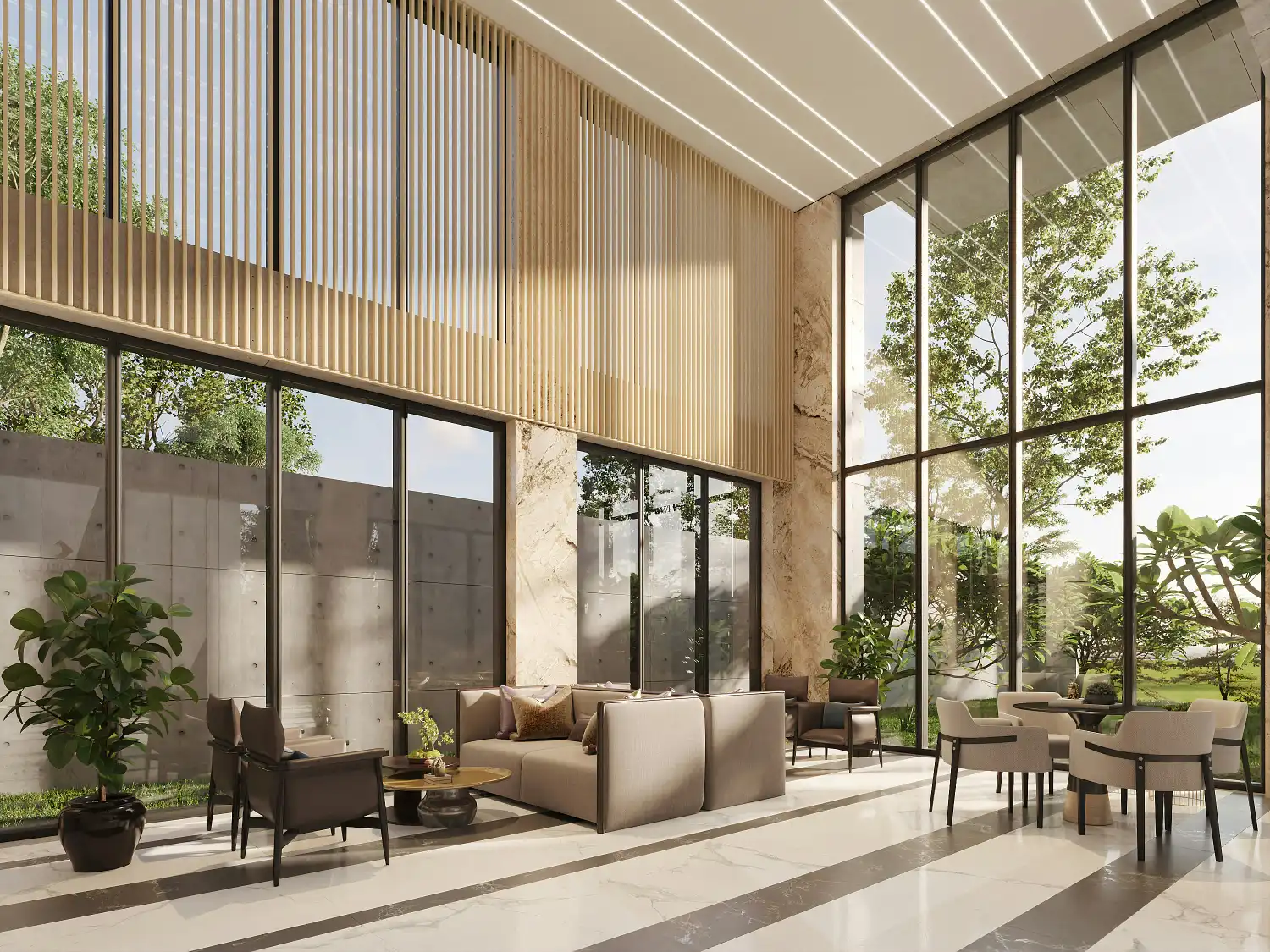Airbnb Pet Essentials: Pet-Friendly Rental Setup Guide
Did you know that over 73% of U.S. households own a pet? For millions of travelers, "family vacation" means bringing their furry family members along. This creates a massive opportunity for savvy Short-Term Rental (STR) hosts. Yet,many property owners hesitate, concerned about potential damage, cleaning challenges, and setup costs.
This hesitation creates a market gap for those willing to make the leap. When executed strategically, pet-friendly properties aren't just about accommodating animals; they're about tapping into an underserved segment of travelers with fewer rental options and higher willingness to pay premiums.
This guide covers everything you need, from essential items (Airbnb pet essentials) to crafting a bulletproof pet policy and leveraging design to protect your investment to boost your occupancy and revenue. Instead of viewing pets as a liability, we will show you how to transform them into a lucrative opportunity with the right preparation and mindset.
Data on Pet-Friendly Short-term Rentals
Making your rental pet-friendly isn't just about being accommodating; it's a strategic business decision backed by market data. By opening your doors to pets, you expand your potential guest pool significantly. With three-quarters of American households having pets and over half of these owners wanting to travel with their animals, you're tapping into millions of potential bookings that pet-restricted properties can't access.
This expanded guest pool translates directly to revenue in two ways. First, you'll experience higher occupancy rates, filling dates that might otherwise remain vacant, particularly during shoulder seasons when families with pets prefer to travel (avoiding peak crowds and heat). Second, you can implement a reasonable pet fee structure that boosts your profit per booking without deterring guests, who are accustomed to paying a premium for pet-friendly accommodations.
Welcoming pets attracts more responsible guests. Pet owners traveling with their animals have invested time in training them and tend to follow rules. These guests appreciate hosts who accommodate their family and express gratitude through exceptional reviews, repeat bookings, and referrals to other pet owners.
The Pet-Friendly Payoff by the Numbers
- Higher Rates: According to a 2023 Airbnb host revenue analysis, pet-friendly listings command 20-30% higher average daily rates (ADR) than similar non-pet-friendly properties in the same market.
- Longer Stays: According to Vrbo's 2024 Travel Trends Report, pet travelers book stays averaging 4.8 nights versus 3.2 nights for non-pet travelers.
- Massive Market: According to the American Pet Products Association (APPA), the pet travel market is projected to reach $15.9 billion by 2027, growing at 7.8% annually.
Airbnb Pet Essentials Checklist
Creating a welcoming space for pets goes beyond saying "yes" to them. Providing thoughtful Airbnb pet essentials shows you care, leading to better reviews and happier guests. Here's a tiered checklist, from must-haves to "wow" factor items.
The "Must-Have" Essentials
- Durable, Easy-to-Clean Food & Water Bowls: Choose stainless steel or ceramic bowls over plastic. They're more hygienic, resist bacterial growth, don't hold odors, and can't be easily chewed or damaged. A set of two medium-sized bowls accommodates most pets.
- Pet Waste Bags: Provide at least one starter roll of waste bags near the main pet outing door. In your welcome guide, mention where guests can buy more (a nearby convenience store or pet shop), though most responsible pet owners bring their own.
- Dedicated "Pet Towels": Set aside 2-3 dark-colored, clean towels for wiping muddy paws. Label them with a simple tag or place them in a "For Pet Use" basket near the entrance. This encourages guests to clean their pet before they track dirt throughout your property.
- A "Welcome" Note with Pet Rules: Create a warm, friendly note welcoming the pet by name (which you can request before check-in). Include a brief summary of key house rules: "We're delighted to welcome Buddy! Please remember our home is yours to enjoy, but we ask that pets remain off furniture and be crated when left alone. Enjoy your stay!"
"Should-Have" Amenities to Stand Out
- A Comfortable Pet Bed: Providing a dedicated sleeping space for pets discourages them from sleeping on your furniture or beds. Invest in a medium-sized bed with a removable, machine-washable cover for easy cleaning. Position it in a cozy corner of the living room or bedroom.
- Waterproof Furniture/Bed Throws: These inexpensive protective covers safeguard your quality furnishings while giving guests peace of mind about breaking your "no pets on furniture" rule. Look for attractive, washable throws that complement your décor instead of plastic covers.
- Floor Mat/Placemat for Bowls: A silicone mat with raised edges under food and water bowls contains spills, prevents bowls from sliding, and makes cleanup effortless. This touch reduces water damage risks to floors or carpets.
- Local Pet-Friendly Resources: Create a laminated one-page guide with essential local pet information. The guide should include the nearest 24-hour emergency vet clinic (with phone number and address), regular veterinarians, dog parks, pet-friendly restaurants with patios, nearby pet stores, and dog-friendly hiking trails or beaches. This gesture helps guests plan their stay and shows genuine consideration.
The "5-Star" Extras for Unforgettable Stays
- A Welcome Treat Jar: Stock a small, airtight jar with high-quality dog biscuits or treats. In your welcome note, mention that these are for well-behaved pets. Replace or refresh treats between guests to ensure freshness. Include allergen-free options or a note about ingredients.
- A Few Durable Chew Toys: Provide 2-3 virtually indestructible toys like Kong classics, Nylabones, or rubber balls. These toys give pets appropriate outlets for chewing and play, redirecting them from your furniture. Choose toys that can be thoroughly sanitized between guests.
- An Outdoor Leash Anchor/Tie-Out: If your property has outdoor space, install a secure tie-out stake or hook. This allows guests to safely secure their pet outdoors while enjoying the patio or briefly stepping inside. Include clear instructions on maximum time a pet should be left tied out (e.g., "Never leave pets unattended outdoors for more than 15 minutes").
- Portable Pet Gate: A foldable, pressure-mounted gate gives guests flexibility to block off areas without feeling constrained. This is valuable for guests with puppies or pets still learning manners, as it allows them to enjoy your property while keeping their pet contained to safer areas.
Pet-Proofing Your Airbnb with Design
Welcoming pets doesn't mean sacrificing your property. The key is proactive protection through smart, data-driven STR design. By choosing stylish and resilient materials and furnishings, you create a space that photographs beautifully for listings while withstanding the additional wear from pets.
The Foundation: Durable Flooring
The floor is your property's first defense against pet damage. Choosing the right material reduces maintenance costs and headaches. Here's a ranking of flooring options:
- Best: Luxury Vinyl Plank (LVP) or porcelain tile are the gold standard for pet-friendly rentals. These materials resist scratches, are waterproof, clean easily, and don't trap odors. Modern LVP options mimic hardwood so convincingly that most guests can't tell the difference in photos or in person.
- Good: Properly sealed hardwood floors with a commercial-grade finish offer classic appeal and durability. They can scratch from dog nails, but a satin or matte finish helps disguise wear. If choosing hardwood, opt for harder species like oak or maple instead of softer options like pine.
- Avoid: Wall-to-wall carpeting is the worst choice for pet-friendly rentals. It traps odors, holds dander (triggering allergies), stains easily, and is hard to clean between guests. If carpet is needed in bedrooms, choose a low-pile commercial-grade option with stain resistance.
Furnishing for Fur
Your furniture selection can make or break the pet-friendly experience for you and your guests:
- Performance Fabrics: Invest in sofas and chairs upholstered in true performance fabrics like Crypton, Sunbrella, or Revolution. These textiles resist stains, repel liquids, release pet hair easily, and can be cleaned with simple solutions. Many can wipe away red wine spills with just water.
- Leather/Pleather Alternatives: Quality faux leather (or real leather if your budget allows) offers excellent durability and easy cleaning. Pet hair doesn't cling to these surfaces, and minor scratches can often be buffed out. Choose options with minimal seams where hair and dirt collect.
- Raised Furniture: Choose beds, sofas, and storage pieces with elevated legs instead of those on the floor. This design allows easy cleaning underneath; crucial for removing pet hair that accumulates in hard-to-reach areas.
- Avoid: Delicate fabrics like silk or linen, intricate chewable woodwork, or furniture with exposed foam or stuffing that curious pets might tear into.
Strategic Space Planning
Thoughtful layout decisions can prevent messes and improve the pet experience for everyone:
- Create a "Pet Zone": Designate an area near your primary entrance as a transition space for pets. This zone contains the "first five minutes" mess when pets return from walks. Include a durable indoor/outdoor rug, wall hooks for leashes, and a basket for designated pet towels.
- Furniture Placement: Arrange furniture to create natural pathways that don't require pets to squeeze between valuable items, minimizing accidental damage.
- Hidden Storage: Incorporate closed storage for pet supplies, keeping them accessible without visually cluttering your beautifully designed space.
Choosing materials that balance aesthetics, durability, and cost can be overwhelming. A professional design partner can deliver significant ROI. With data-driven design for STRs, you can create a space that appeals to all guests while accommodating pet owners.
Setting the Pet Policy & Fee Structure
The best tool for preventing problems is clear communication. A well-defined Airbnb pet policy and logical fee structure set expectations from the moment of booking. When guests know what's permitted and the expected costs,they are more likely to respect your property and rules.
How to Price Your Pet Fee
The right fee structure balances additional revenue with market competitiveness. There are two primary approaches:
- Per-Stay Flat Fee: The most straightforward approach is charging $50-$150 per pet for the entire stay. This model works well for properties with mostly shorter bookings (1-5 nights) and provides predictability for you and your guests. For example: "$75 pet fee per stay covers our enhanced cleaning process."
- Per-Night Fee: Charging $10-$25 per night per pet makes sense for properties hosting longer stays. This approach ensures compensation scales with the length of petstays. To prevent excessive costs for long-term guests, consider adding a cap: "$15 per night per pet (maximum $150 per stay)."
Whichever model you choose, research comparable properties in your location to ensure your fees align with market expectations. Clearly state what the fee covers: typically enhanced cleaning, wear and tear, and pet amenities.
Some hosts require a higher security deposit for pet stays. If you take this approach, be explicit about what constitutes damage beyond normal wear and tear, and reassure guests that normal shedding and minor messes are expected and covered by the cleaning fee.
Must-Have House Rules for Pet Guests
Include these rules in your listing description and house manual:
- All pets must be disclosed at booking. No surprise pets!
- Pets must be fully house-trained. If accidents occur, clean them promptly with the pet-specific supplies under the kitchen sink.
- Please keep pets off all furniture (sofas, beds, etc.). We have provided a comfortable pet bed.
- Pets must be created for their safety and our home’s protection if left unattended in the property.
- Please pick up after your pet in the yard immediately. Waste bags are in the basket by the back door.
- Excessive barking that disturbs neighbors isn’t permitted. If your pet barks when left alone, take them with you when leaving.
- Maximum of 2 pets per reservation. Additional pets require prior approval.
- Guests are responsible for any damages caused by their pet beyond normal wear and tear.
Conclusion
You can open your doors to the pet travelers market by providing key Airbnb pet essentials, setting clear rules, and investing in smart, durable design. Pet-friendly properties that address both pet and owner needs outperform their no-pets counterparts in occupancy and revenue.
Don't let fear of the unknown hold you back from higher occupancy and revenue. When done right, a pet-friendly property is a win-win for you and your guests. The minimal upfront investment in setup and protection yields substantial returns, transforming pets from a liability into one of your property's most valuable assets. Get started today!






